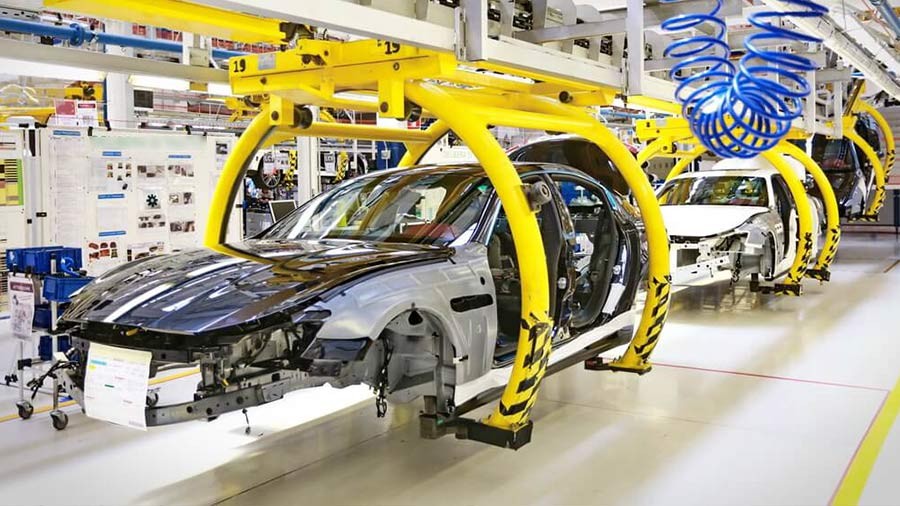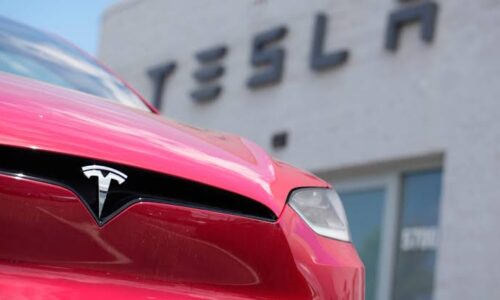- Judith Akatugba
- 0 Comments
- 703 Views
Considering that the first horseless carriages were introduced to the public in the late 19th century, automobiles have come a long way since then. Cars are an essential component of modern life and play an important part in the transportation and mobility of people in today’s society. In this essay, we will investigate the history of automobiles as well as their evolution, and we will also take a look at what the future of mobility may bring.
Read Also: Women’s Pop Culture Power Takes The Spotlight at Sunday’s Grammys
Early vehicles: The first vehicles were powered by steam engines and were invented in the late 18th and early 19th century. These early automobiles were the first to be manufactured. Nevertheless, the first automobiles fueled by gasoline did not come into existence until the latter half of the nineteenth century. It is generally agreed upon that Karl Benz’s Benz Patent-Motorwagen, which he created in 1886, was the first automobile that could be considered practical.
In the early days of vehicles, cars were extremely expensive, and the wealthy were the ones who largely drove them. Cars, on the other hand, became more accessible to the general public as production techniques improved and costs decreased from their previous levels. When it was originally released in 1908, the Ford Model T was the first automobile to be manufactured in huge quantities. This helped to make automobiles more accessible and affordable.
During the early part of the 20th century, the car industry saw a period of rapid growth, with corporations such as Ford, General Motors, and Chrysler establishing themselves as the dominant players in the market. Another factor that contributed significantly to the expansion of the vehicle industry was the construction of highways and other forms of infrastructure. The incorporation of common amenities such as air conditioning, power steering, and automatic transmissions resulted in the acceleration, safety, and comfort of automobiles reaching new heights.
The future of mobility is fast evolving as we go into the 21st century. This is a significant development in the field of mobility. Concerns about climate change and air pollution are continuing to grow, which has led to an increase in the popularity of electric and hybrid vehicles. There is also a growing trend toward the development of self-driving automobiles, with businesses such as Tesla, Google, and Uber making significant investments in the technology behind autonomous vehicles.

Emerging forms of transportation, such as electric bikes, scooters, and drones, are also a part of the mobility landscape of the future. This is in addition to the development of autonomous and electric vehicles. The way we think about transportation and mobility is being altered by these new technologies, which are also contributing to the development of a future that is more environmentally friendly and resource-efficient.
As a result of the fact that the first automobiles were driven on public roads more than a century ago, automobiles have gone a long way. Cars are an essential component of modern life and play an important part in the transportation and mobility of people in today’s society. When we consider the future, we will see that electric and self-driving automobiles, as well as new means of transportation such as electric bikes and drones, are going to completely transform the way that we think about mobility. The evolution of automobiles is being driven by technological advancement and innovation, which bodes well for the state of mobility in the future.











